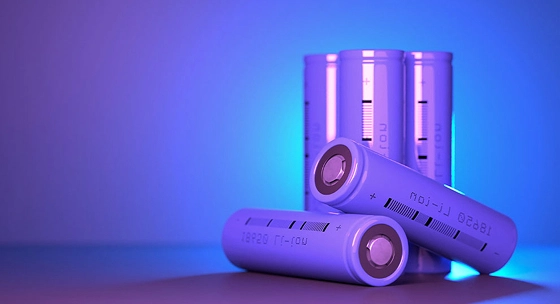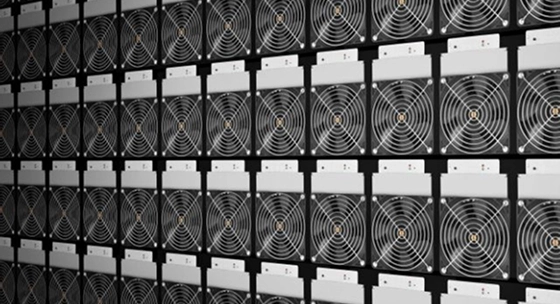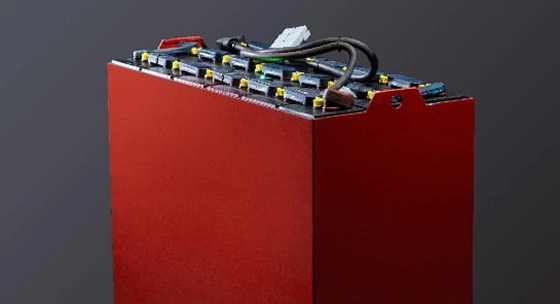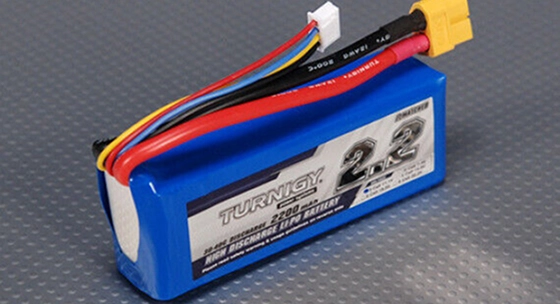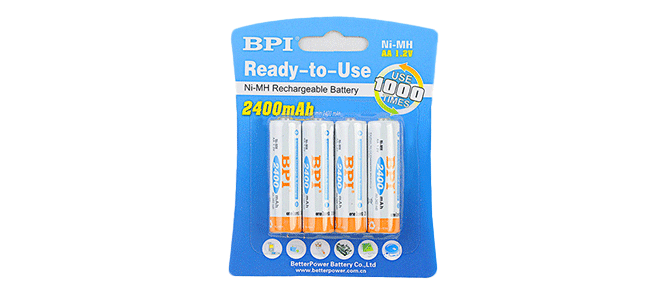
Low Self-Discharge
Discover the power of Low Self-Discharge Batteries – designed to last longer, hold charge for months, and deliver reliable performance when you need it most.
Get Free Quote
Ultra-Low Self-Discharge Batteries: Long-Lasting Power, Hassle-Free Storage, Efficient Energy Solution
BPI ultra-low self-discharge NiMH battery uses Sanyo's Japanese technology, with over 70% charge retention after 10 years at room temperature. It intelligently recovers capacity when voltage drops below 0.8V and operates in extreme environments from -40°C to 60°C. With over 2000 cycles and a self-discharge rate 1/5 of conventional batteries, it significantly extends standby time. Designed for high-reliability applications like TBOX, elevator backup power, and solar lights, its ultra-low self-discharge technology highlights our core advantage
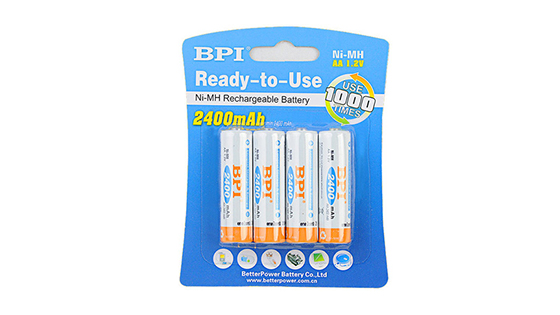

Key Features
Decade-Long Retention
70% capacity retention after 10 years
Smart Recovery
Recovers capacity below 0.8V
Extremely Low Self-Discharge
Industry-leading low self-discharge
Product List
0 Products Matches
No content yet
Please enter the correct product model or keyword, such as "KTV microphone battery 2100m mAh 5th rechargeable battery", etc
FAQs
-
01
What types of batteries do you produce?
-
01
We mainly produce polymer lithium batteries (LiPo), nickel-metal hydride batteries (NiMH), energy storage batteries, PACK battery packs, and lead-acid to lithium battery conversions, catering to the needs of various industries.
-
02
In which fields are your batteries used?
-
02
Nickel-metal hydride batteries are widely used in consumer electronics, game controllers, TBOX devices, and mining equipment. Lithium batteries are suitable for beauty devices, medical instruments, handheld tools, and smart wearable devices. PACK battery packs cover digital products, cleaning equipment, and small power tools. Lead-acid to lithium battery conversions provide efficient alternatives for AGVs, electric forklifts, and golf carts. Outdoor power stations meet diverse needs for camping, portable energy storage, and home emergency use.
-
03
What cooperation models do you support?
-
03
We support a variety of cooperation models, including private labeling, custom development, and OEM services, to meet customer needs flexibly.
-
04
Are there minimum order quantities for lithium, nickel-metal hydride, energy storage, and PACK?
-
04
Lithium and nickel-metal hydride batteries: The minimum order quantity is 5,000 units. Energy storage batteries: The minimum order quantity is 100 units.
-
05
What is the customization process for batteries?
-
05
We offer efficient customization services with the following process: Requirement Confirmation → Solution Design → Sample Development → Testing and Validation → Mass Production Delivery.
-
06
What payment methods do you offer?
-
06
Based on customer needs, we support the following payment methods: Payment before shipment, payment upon delivery, 30-day terms, 60-day terms, or 90-day terms.
-
07
What are the sample and bulk production lead times for lithium batteries, nickel-metal hydride batteries, energy storage, and PACK?
-
07
Sample lead time: 10-15 days for lithium and nickel-metal hydride batteries, and 5-7 days for energy storage and PACK. Bulk production lead time is 30-35 days for all products.
-
08
How long is the warranty for outdoor power stations/portable energy storage?
-
08
All outdoor power stations and portable energy storage products come with a one-year warranty for quality assurance.
-
09
Can we specify or provide our own cells?
-
09
Yes, we support customers specifying or providing their own cells, and the final product price will be adjusted based on the cell cost.
-
10
Can lithium and nickel-metal hydride batteries be used in high and low-temperature environments?
-
10
Both lithium and nickel-metal hydride batteries can support high and low-temperature applications to meet the needs of extreme environments.
Where to Use 1.5V Lithium Battery
Low self-discharge batteries retain their charge for extended periods when not in use, making them ideal for emergency devices, remote controls, and backup systems, ensuring reliable power when needed.













